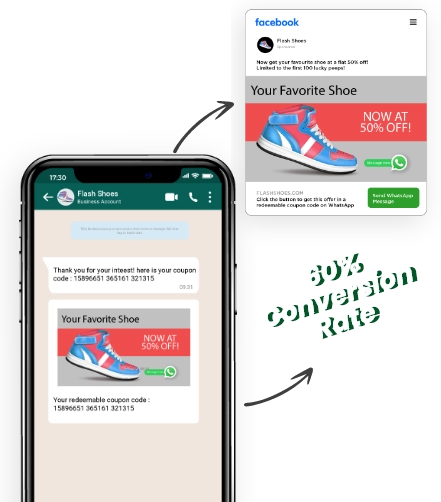When you are using a mobile application, it connects to the Internet and sends information to a server. The server then retrieves, analyzes, utilizes, and sends the data back to your smartphone. The app then analyses the data and displays the information you requested in a comprehensible manner. All of this occurs through an API, which is what it is.
Companies can make the data and capabilities of their programs available to external third-party developers, business partners, and internal divisions inside their own organizations through application programming interfaces, or APIs.
Through a specified interface, this enables products or services to interact with one another and use one other’s data and capability.
Two connected components make up APIs. The first is a specification that outlines how data is transferred between applications via requests for processing and returns of the required information. The second is a software interface created in accordance with that specification and made available for usage in some way.
Developers merely use the interface to interact with other goods and services; they are not required to understand how an API is structured. Over the past ten years, the use of APIs has increased to the point that many of the most well-liked web services nowadays would not be viable without them.






